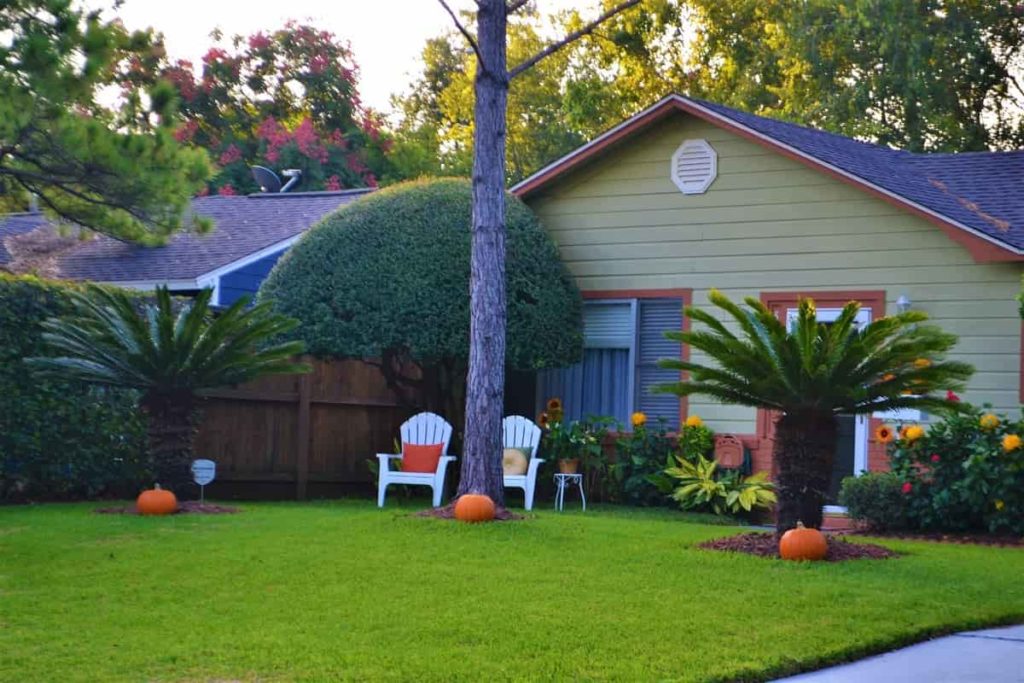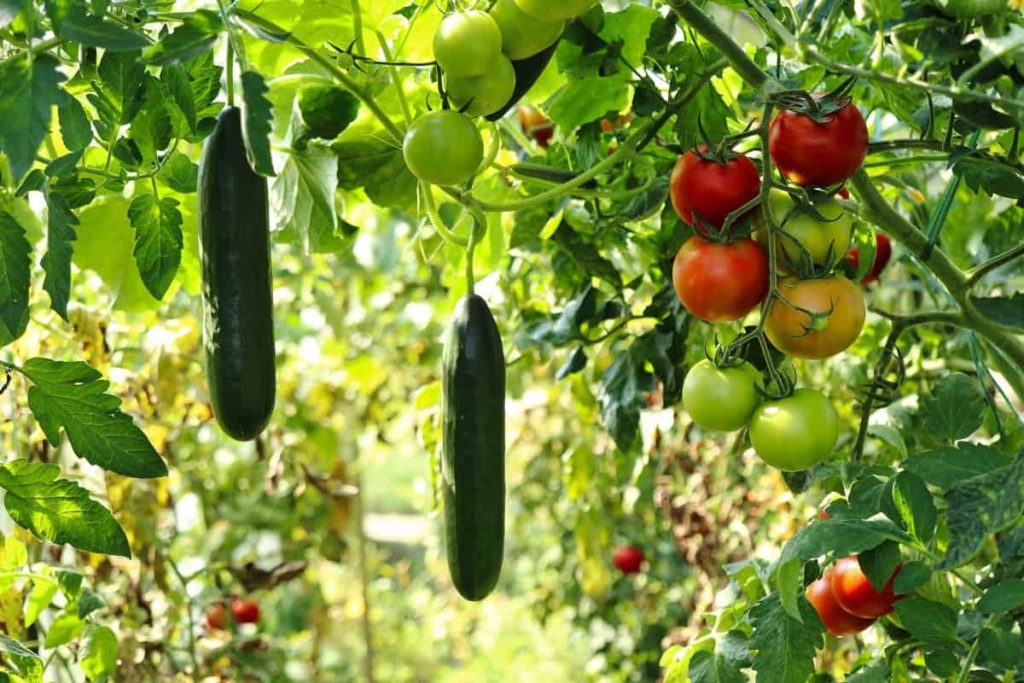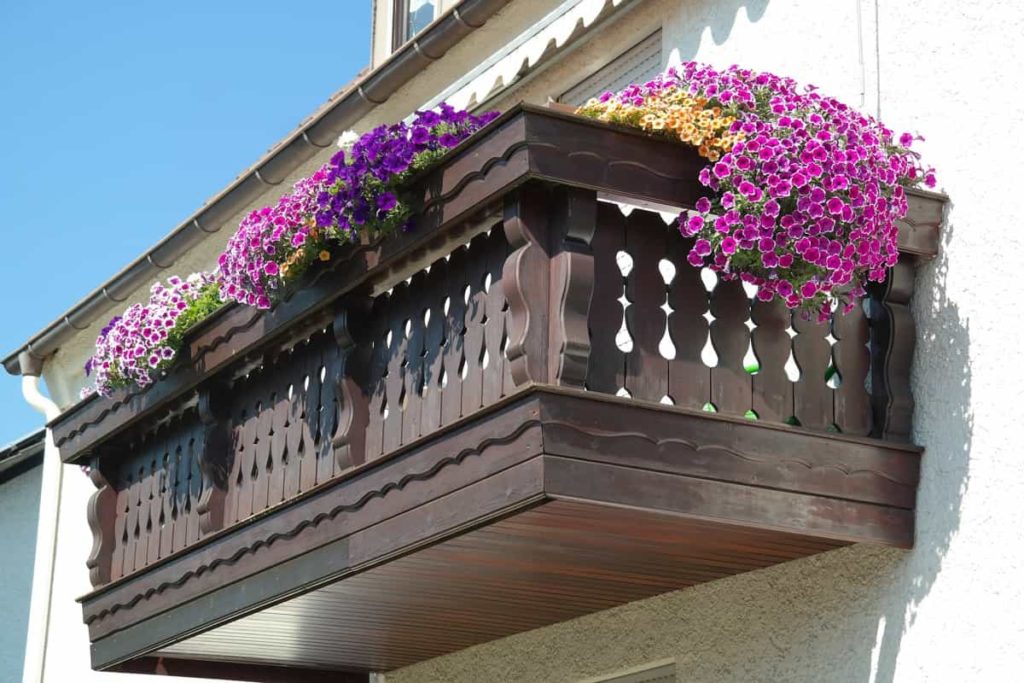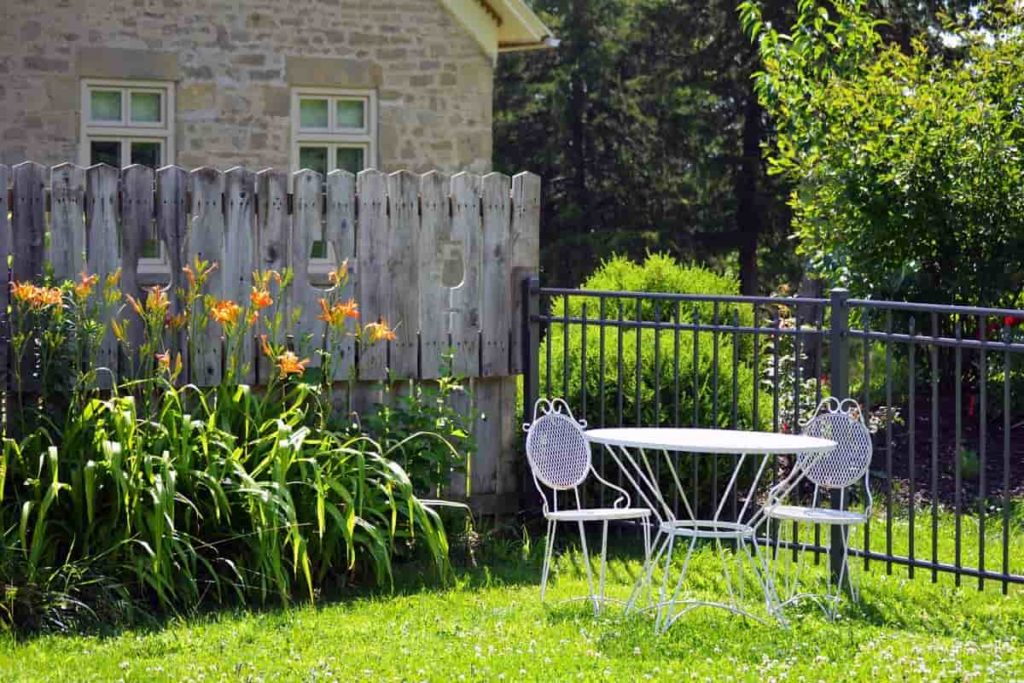Gardening is the process of producing plants for their aesthetic flowers or leaves, as well as veggies for economic use. Gardening is a biological process in which individuals grow plant foods and utilize plants to enhance their surrounding ecology. Let’s check out gardening basics for beginners.

Gardening can be very precise, with only a single type of plant planted, or it can be very broad, with several various species combined in mixed plantings. It includes personal interaction in plant growth and is labor-intensive, which sets it apart from agriculture and forest.
Gardening basics for Beginners
Picking the right spot for your plants
For container garden
It’s good to be curious about which plants will look best in the room while thinking about the houseplant installation. Growing parameters, on the other hand, must be addressed before everything else if you want healthier, more attractive, and with a long lifespan.
For backyard garden
Many florals and veggies need eight hours of direct sunshine every day, so choose a location that gets sufficient sunlight for your plants. It will be simpler to grow plants on a plain patch of ground that provides some breeze cover.
Choosing a type between wide varieties
For container garden
It’s important to think about the plant size while choosing a pot. Plants will rapidly get root break if the pots are narrow, and the topsoil will not be capable of holding enough moist. Pots are also available in plastic, wood, and concrete.
In case you miss this: How to Start an Indoor Garden from Scratch: DIY, Steps, Tips for Beginners

For terrace garden
Though there are a few various kinds of terrace gardens, such as a tiny flower bed, pot plants, and vertical gardens, you may pick and choose which one you wish to produce.
For backyard garden
Rock garden
It is not always necessary to have a huge plot of rich soil on a level piece of ground to create a garden. On a hill, a rock patio is ideal. It’s also great if you’re close to sea level.
Vegetable garden
A vegetable garden is an effective way to bring the rich taste of fresh fruit and vegetables to your menu. You’ll feel good about yourself knowing that you’re eating the fruits of your effort in the garden.
In case you miss this: Amazing Gardening Ideas for Beginners

Make sure to maintain soil mixture
For container garden
Pottery soil, often known as a potting medium, is made up of a variety of components that help potted plants develop in a healthy environment. These mixtures are intended to protect the soil from getting excessively crushed, which can smother roots and obstruct water and nutrient movement. A good potting mixture will be smaller and lighter, frothy, and able to retain moisture. There are a variety of all-purpose blends available and more specialized mixtures. For the pot’s soil, we can also use natural, chemical, and fertilizer materials.
For terrace garden
A nutritional soil mix will include seaweed, silica, and compost, among other organic elements. To supplement the mixture, you can still use your developed compost or buy topsoil.
For balcony garden
If you have a high winds balcony or don’t want to hydrate your plants regularly, use a good potting blending or rich soil enhanced with gentle organic fertilizers. If you have a stormy balcony or don’t want to water your plants regularly, use hydrogel crystals, which absorb water and prevent soil from dehydrating out too quickly.
The soil needs to be somewhat acidic — most balcony plants require a pH of 5.5-7. Balcony plants should be withdrawn from pots in which they have been maintained for a long period and, if necessary, replanted in a new container for abundant growth.
For backyard garden
Dredge up a handful of dirt and examine its quality before you start planting. Is it thick and strong, and when moist, does it stick together? Is it wet and free-flowing like beach dirt, or is it something else entirely? Perhaps it’s somewhere in the middle, a little sticky yet crumbly like a newly made cookie.
Mineral particles, principally clay, sand, and silt, make up all soils. Often, one sort of particle will have a larger concentration than the others. That doesn’t make them terrible growth media, but it does have an impact on its volume, leakage rate, and nutrient holding capacity.
Pick your plants from various species
For container garden
Plants should be proportioned to the pot, and pots must be scaled to the setting; these are the basic things to consider. Small plants are not to be planted in large pots and also if you have a large space opt for larger pots plants should not be more than double the height or width of the pot. Ornate containers show off basic plants, while plain pots show off flamboyant plants. Heuchera, Hebe, and hosta are a few excellent choices for container plants.
For terrace garden
In both urban and rural regions, terrace gardens are becoming increasingly popular. Because of the availability of direct sunshine, every variety of plants may be grown. Choose plants such as marigold, Arabian jasmine, and aloe vera to embellish your terrace garden if you’re planning a similar layout.
In case you miss this: Organic Vegetable Gardening for Beginners

For backyard garden
In your garden, grow vegetables, fruit harvests, and herbs that you may use for food and other uses.
Tools that simplify your task
For container garden
Although container gardening is a simplified form of in-ground gardening, it entails more than simply filling a pot with dirt and planting some plants. Some simple equipment and materials will help you spend less time caring for your pots, simplify scheduled maintenance, and take your pot gardens from good to great. Pruner, watering can, and trowel are a few of the pot gardening equipment.
For backyard garden
Gardening equipment for the backyard garden which you must have gloves, a hand trowel, a garden fork, a hoe, a shovel, a watering container, and a wheelbarrow are all necessary tools.
Hydrating your plants
For container garden
It’s essential to water your container plants properly if you want them to thrive. Determining how and when to water becomes nearly second nature once you’ve had some practice. However, finding how to maintain these plants happily when you’re first starting might be frustrating.
Over-watering is thought to be the most prevalent reason for early plant death. If you’re going to plant in a pot, ensure that it has at minimum one drainage hole on the bottom. Happy roots require proper drainage, and healthy roots are required for happy plants. It’s incredibly simple to over-water pots that don’t have sufficient drainage.
For balcony garden
Water only when required. Examine the soil moisture under the top layer. With help of your finger poke two inches into the soil to test if it’s damp or dry, and only if it’s dry or semi-dry. Water is scarce for a roofless balcony or patio during the wet season. Water first thing in the morning, before the sun rises, as this is the optimum time to water.
In case you miss this: How to Grow Vegetable at Home – A Beginners Guide

For backyard garden
Backyard watering should be done more often and deeper to reach the roots. Hydrating the soil to a level of 6 inches promotes plants to establish deeper roots, which will result in healthier plants in the long term.
Significance of mulching
For container garden
Mulching for potted plants will aid in the retention of moisture in the soil. This is a significant advantage since it means you won’t have to worry about the topsoil drying out as rapidly. Pets have a knack for digging up potting soil and causing damage to your plants. Mulch protects the soil in the pot by covering it. This will assist to prevent weed infestation in your potted plants. You’ll also save time by not having to spend as much time picking weeds.
For terrace garden
To the soil, add a leaf mould. As a result, the soil does not heat up as quickly, and the roots do not burn off. Water does not evaporate rapidly either.
For balcony garden
Mulch must be readily removed and refilled since container plants must be repotted every few years. The best form of mulch to use is probably wood chip mulch.
For backyard garden
Mulching the soil where your favorite plants are alive is a terrific method to protect them from all of the seasonal changes. Mulch is a thick layer of about 4 inches covering material, such as shredded leaves, bark, and other organic materials, that is placed over the soil to retain moisture, inhibit weeds, and keep the soil cool. Organic elements disintegrate into the ground overtimes, nearly acting as compost and improving the soil’s fertility.
In case you miss this: Growing Plants In Paint Buckets For Beginners

Optimal sunlight
For container garden
Potted plants can be grown when partially exposed to the sun. This generally entails 5 hours of strong indirect light, particularly in the morning or late afternoon. Avoid direct sunlight during the afternoon hours. Some pot plants demand fewer hours of strong indirect light each day or can thrive in areas with constant low light.
For terrace garden
Plants on the terrace often require exposure to sunlight for around 5 hours. Make sure that your terrace plants are getting the optimal sunlight because then you can grow good vegetables.
For balcony garden
It is termed partial shade if the balcony receives sunlight fewer than 5 hours, and full shadow if it receives less than three hours. So make sure your plants get sunlight for desired time.
For backyard garden
Most plants require sunlight for around 5 hours to grow, which is commonly referred to as “full sun” in gardening. Many plants, however, will produce stunning foliage and blossoms in less light, allowing you to build a vibrant garden even in some of the darkest of spots.
- Broccoli Seed Germination and Selection
- Asparagus Seed Germination and Variety Selection
- Seasonal Flower Gardening: Best Practices for Spring, Summer, Fall, and Winter
- How to Grow Hibiscus from Flower
- Plantation Ideas for Home Decoration: A Beginners Guide
- Flower Garden Designs and Layouts for Beginners
- Planting and Spacing Techniques in Papaya: A Beginner’s Guide
- Growing Gold: Essential Techniques for Planting Pineapples
- How to Make Kalanchoe Plant Bushy: Home Remedies and Solutions
- 11 Reasons Why Your Gardenia is Not Blooming: Home Remedies and Solutions
- Eco Elegance: The Guide to Designing a Drought-Tolerant Landscape
- Gardening on a Slope: Strategies for Hillside Landscaping
- Nourish and Flourish: Top Organic Mulches for Thriving House Plants
- Everything You Want to Know about Indian Mogra Flower: Discover Uses and Growing
- Green Thumb Success: Expert Tips for Cultivating Greenhouse Pumpkins All Year Round
- Maximize Growth & Flavor: The Ultimate Guide to Companion Planting in Herb Gardens
- How to Control Rhododendron Problems Naturally: Home Remedies and Organic Ways to Fix Them
- Natural Magic: The Remarkable Benefits of Cinnamon for Plants
- Best Steps to Revive Dying Tulip with Natural and Organic Treatment
- 10 Reasons Why Your Angel Trumpet is Not Blooming: Remedies and Treatment
- How to Fix Periwinkle Leaf and Flower-Related Problems: Natural Remedies and Solutions
- How to Fix Zinnias Leaf and Flower Problems: Discover Natural and Home Remedies
- Organic Steps to Induce Lemon Tree Flowers: A Comprehensive Guide
- Bloom Booster: Crafting the Perfect Homemade Bougainvillea Fertilizer
- Optimizing Growth: A Guide to Applying NPK Fertilizer for Potted Plants
- 10 Best Homemade Fertilizers for Rubber Plant: DIY Recipes and Application Method
- How to Boost Female Pumpkin Flowers: Effective Steps for More Flowers and High Yields
- Transform Your Indoor Garden: Top Benefits of Pink Salt for Houseplants
- 10 Best Homemade Fertilizers for Peacock Plants (Calathea): Easy DIY Guide
- Unlock Blooms: 9 Reasons Why Your Potted Chrysanthemum is Not Blooming
- 8 Reasons Why Your Potted Hibiscus is Not Blooming: Fix it with Simple Solutions
- Unlock Blooms: 9 Key Reasons Your Potted Frangipani Won’t Flower
- 10 Reasons Why Is My Ice Plant Not Blooming: Remedies and Treatment
- 10 Reasons Why My Potted Hydrangea Not Blooming: Treatment and Remedies
- 10 Reasons Why is My Wisteria Not Blooming: Remedies and Treatment
- 10 Reasons Why is My Goldfish Plant Not Blooming: Remedies and Treatment